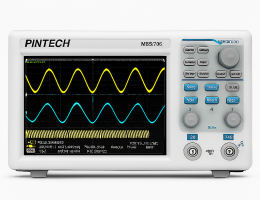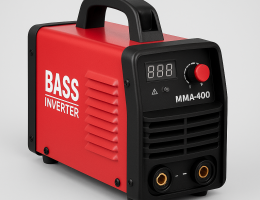- Material: HDPE (High-Density Polyethylene)
- Application: Small blow molding processes, particularly for bottles
- Key Features:
- High stiffness: This property ensures the blow-molded bottles can maintain their shape and resist deformation.
- Easy flow: HBM5020 is designed to flow easily during processing, allowing for efficient and quick production of bottles.
- Very good ESCR (Environmental Stress Crack Resistance): This ensures the bottles resist cracking and breaking under stress caused by environmental factors, like filling with liquids or exposure to chemicals.
- Sufficient impact strength: While not its primary strength, HBM5020 offers adequate impact resistance for typical small blow-molded bottles.
- Broad molecular weight distribution: This contributes to both the good processability and the overall strength of the final product.
- Additives:
- Antioxidant: Protects the material from degradation caused by heat and oxygen exposure during processing and throughout the bottle’s lifespan.
- No processing aid, antiblock, or slip agent: These additives are likely not included as they might not be necessary for the specific application of small blow molded bottles.
Applications of HDPE HBM5020:
- Small blow molded bottles: This is the primary application for HBM5020. It can be used for various types of bottles, potentially for packaging:
- Consumer goods (e.g., shampoo bottles, detergent containers)
- Dangerous goods (depending on the specific chemical resistance of HBM5020)
Additional benefits of HDPE HBM5020:
- Good chemical resistance: While specific details might be needed from a data sheet, HBM5020 should offer adequate chemical resistance for typical products packaged in small blow molded bottles.
- Possible food contact compliance: Depending on regulations and any additives used, HBM5020 might be suitable for food-grade applications. It’s important to verify this with the supplier or refer to the product’s safety data sheet (SDS).



